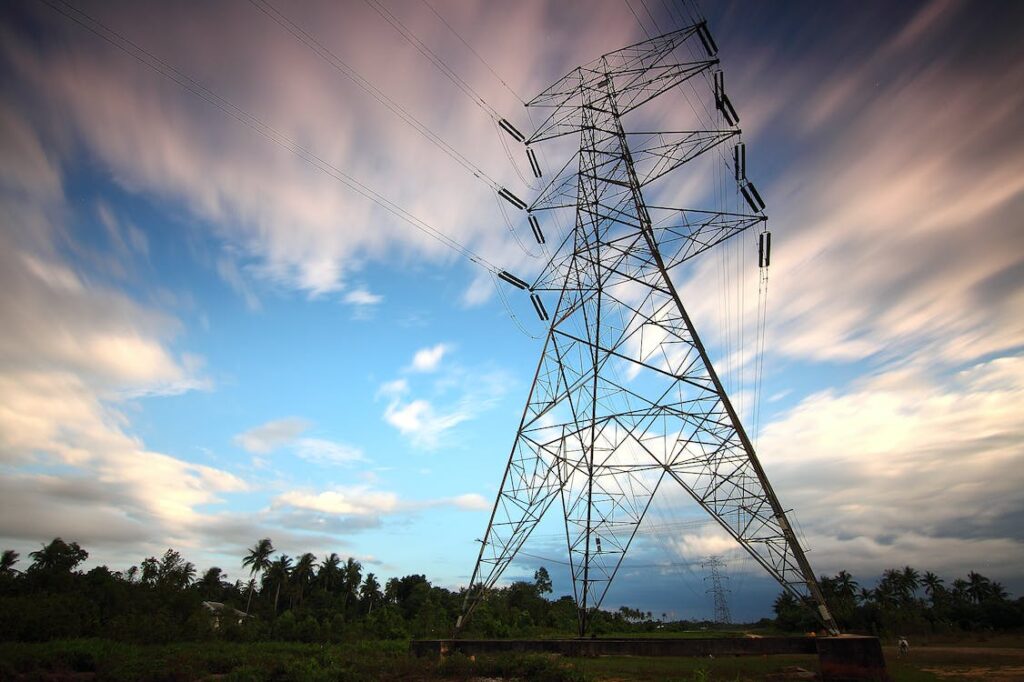Energizing the Development of Ontario
The Government of Ontario is taking pivotal steps to reinforce and develop the electricity system to sustain new investments, electrify the economy and provide electricity for 1.5 million homes that are being constructed to accommodate the province’s expanding population. All these measures have been guided by the recommendations of Ontario’s Independent Electricity System Operator (IESO), which has identified key strategies to meet the rising energy needs by 2050.
One of these initiatives includes the commencement of preparatory work for siting the first large-scale nuclear build at the Bruce nuclear site since 1993. Similarly, plans have been set in motion for adding three small modular reactors at the Darlington nuclear site, which is another significant step toward fulfilling Ontario’s growing energy needs.
Transmission infrastructure is also being upgraded and expanded to meet these growing demands. This includes the construction of three new transmission lines to facilitate the shift from coal to electricity for the Electric Arc Furnaces at Algoma Steel and support growth in Northeastern Ontario. In addition, another new transmission line is being developed to energize growth in the Ottawa region and across eastern Ontario.
In the realm of hydroelectric power, plans are being advanced for the Ontario Pumped Storage Project and Marmora Pumped Storage Project as part of Ontario’s first Long-Duration Storage Assessment. Furthermore, efforts are being made to optimize Ontario Power Generation’s hydroelectric fleet to increase generation.
The province is also investing heavily in energy efficiency and is in the process of designing the future of energy efficiency programs in Ontario. In addition to this, the preparation for Ontario’s next competitive electricity procurement is in progress, with a focus on new clean resources including wind, solar, hydroelectric power, batteries, and biogas.
Ontario is also progressing towards its first long-term integrated energy plan through the Electrification and Energy Transition Panel, reflecting the province’s commitment to holistic and long-term energy planning. Additionally, the government is committed to maintaining an affordable electricity system to support electrification across the economy, ensuring costs remain accessible for its population.
The vitality of Ontario’s economy and the everyday life of its 15 million inhabitants hinge on a reliable electricity system that can provide power on demand. With the province’s thriving economy and global appeal as a place to live and work, demand for electricity is growing rapidly. This rapid economic development coupled with increasing electrification could see the demand for electricity rise at a pace unseen since the 1970s.
According to the high-growth scenario presented in the IESO’s Pathways to Decarbonization (P2D) report, Ontario could require to more than double its current electricity generating capacity from 42,000 MW to 88,000 MW by 2050. It’s estimated that up to 20,000 MW of capacity might be needed solely to replace the generation that will reach the end of its life or be phased out within the next three decades.
In response to these projections, the Ontario government is actively planning and developing the electricity infrastructure for an increasingly electrified Ontario, where economic growth continues to generate new jobs and reduce emissions. The government is pioneering an integrated planning process that examines the province’s energy mix and system in its entirety, incorporating electricity, oil, and natural gas. This holistic approach sets it apart from previous governments that built and planned energy systems in isolation.
To cater to this burgeoning demand within this decade, the government has already taken initiatives such as re-contracting existing resources, enhancing energy efficiency programs in the electricity and natural gas sectors, supporting the continuous safe operation of the Pickering Nuclear Generating Station, and constructing 4,000 MW of new generation and storage along with Canada’s first grid-scale small modular reactor (SMR).
As the planning process evolves, the Ontario government is taking necessary actions now to ensure the province has the electricity it will need this decade and is making the required decisions to prepare for the upcoming decades. This includes commencing the development of long-lead generation and storage assets like nuclear and pumped hydroelectric, giving the government a variety of options to enhance our diverse energy system.
All these efforts will make certain that Ontario maintains and builds on the clean electricity advantage that has made our province an attractive location for new investments. This is a comprehensive and forward-looking strategy that not only addresses the immediate needs but also sets the stage for a sustainable and clean energy future.






